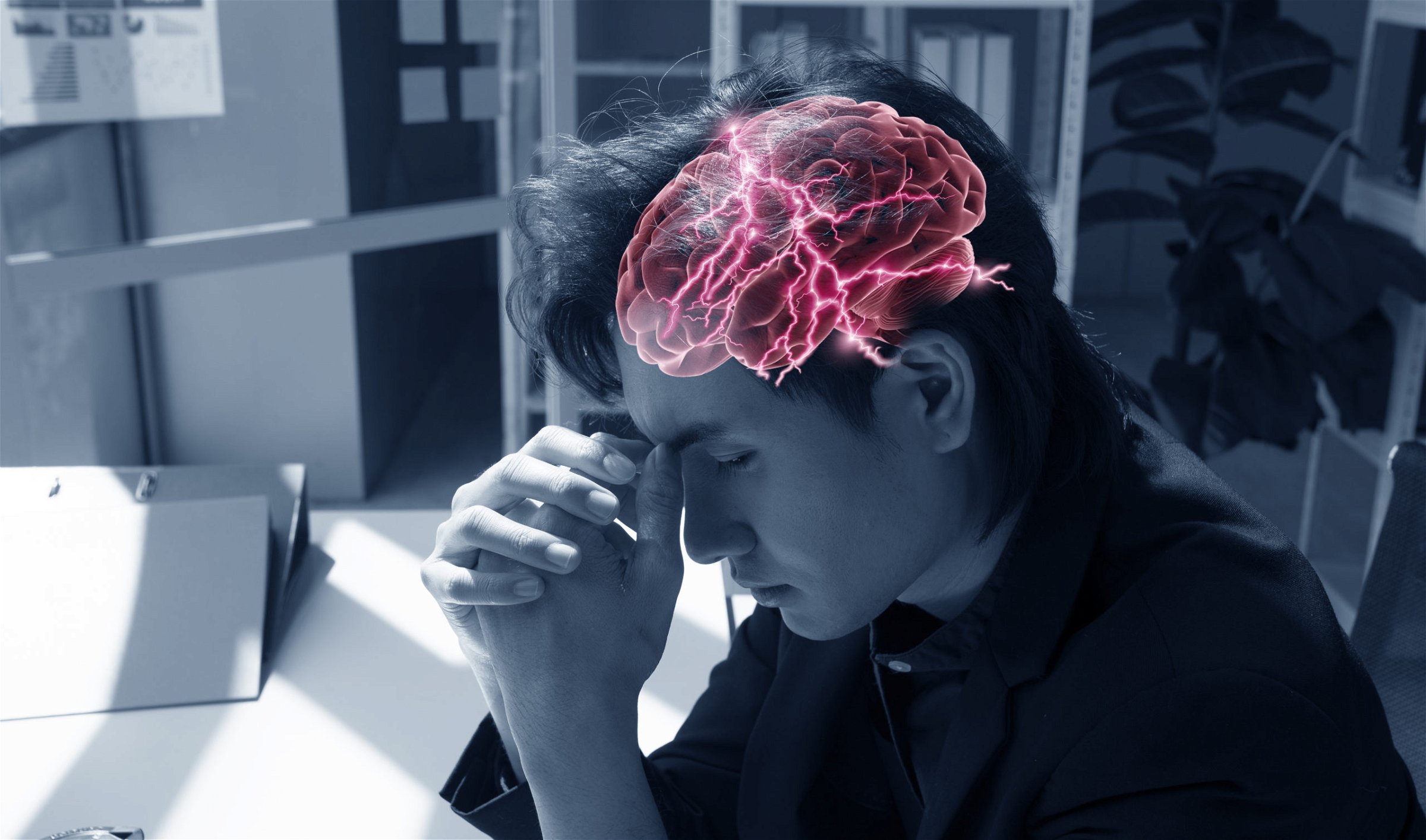- Conditions
- Treatments
- Patients
- Practice
- Dr. Tian Xia
- Heather Cottini
- Andry Khlopas
- Lyndsey Johnson
- Dr Michael G Banuelos
- Linda H. Morris
- Stacia Jones
- Hoai Luu
- Dr Ricardo Knight
- Finnbar Higgins
Chiropractors
Physical Therapist
- Blog
Conditions
In simple terms…
a cluster headaches is referred to as a no-specific symptom. This means that there are many causes behind a headache including and not limited to dental or sinus issues, head injury, common cold, viral infection, medication side effects, stress, sleep deprivation, fatigue and even a fast ingestion of a really cold beverage or food among many others.

Bouts of frequent attacks, known as cluster periods, can last from weeks to months, usually followed by remission periods when the headaches stop. During remission, no headaches occur for months and sometimes even years.
Fortunately, cluster headache is rare and not life-threatening. Treatments can make cluster headache attacks shorter and less severe. In addition, medications can reduce the number of cluster headaches you have.
Common Signs and Symptoms
A cluster headache strikes quickly, usually without warning, although you might first have migraine-like nausea and aura. Common signs and symptoms during a headache include:
> Excruciating pain that is generally situated in, behind or around one eye, but may radiate to other areas of your face, head and neck
> One-sided pain
> Restlessness
> Excessive tearing
> Redness of your eye on the affected side
> Stuffy or runny nose on the affected side
> Forehead or facial sweating on the affected side
> Pale skin (pallor) or flushing on your face
> Swelling around your eye on the affected side
> Drooping eyelid on the affected side
People with cluster headache, unlike those with migraine, are likely to pace or sit and rock back and forth.
Some migraine-like symptoms — including sensitivity to light and sound — can occur with a cluster headache, though usually on one side.
Treatment
Prevention
Preventive migraine treatment can include nutritional supplements, lifestyle changes, medications and surgery. Experts recommend prevention in people with headaches occurring more than 2 days in a week, have severe uncontrollable attacks or cannot tolerate acute attack medication.
Medication
The preventive medications for migraines are only considered effective if they decrease the severity and reduce the frequency of the attacks by 50% or more. Some of the medications that are used include propranolol, metoprolol, topiramate, divalproex/sodium valproate and timolol. Frovatriptan has been found to be effective in the prevention of menstrual migraine.
Tx360 is another solution, a migraine treatment device, it has help sufferers almost 90% of the time.
Services
Alternative therapy
Acupuncture has been found to be equally effective but with less side effects as compared to preventive medication. Stress reduction techniques such as biofeedback, relaxation and cognitive behavior therapy have been found to be effective. Of all the alternative medicines used in dealing with migraines, butterbur has the best evidence for use.
Surgery
For people who do not show any improvement with medication surgery is recommended. This is the decompression of some nerves located around the neck and the head.
Management
Management of migraine is through three aspects: pharmacological prevention, acute symptomatic control, and trigger avoidance. While medication is effective in early attack stages, an over use may cause ‘medication overuse headache’ leading to more severity and increased frequency. This is why it is recommended that any person with migraines or recurrent headaches seeks proper medical attention.

